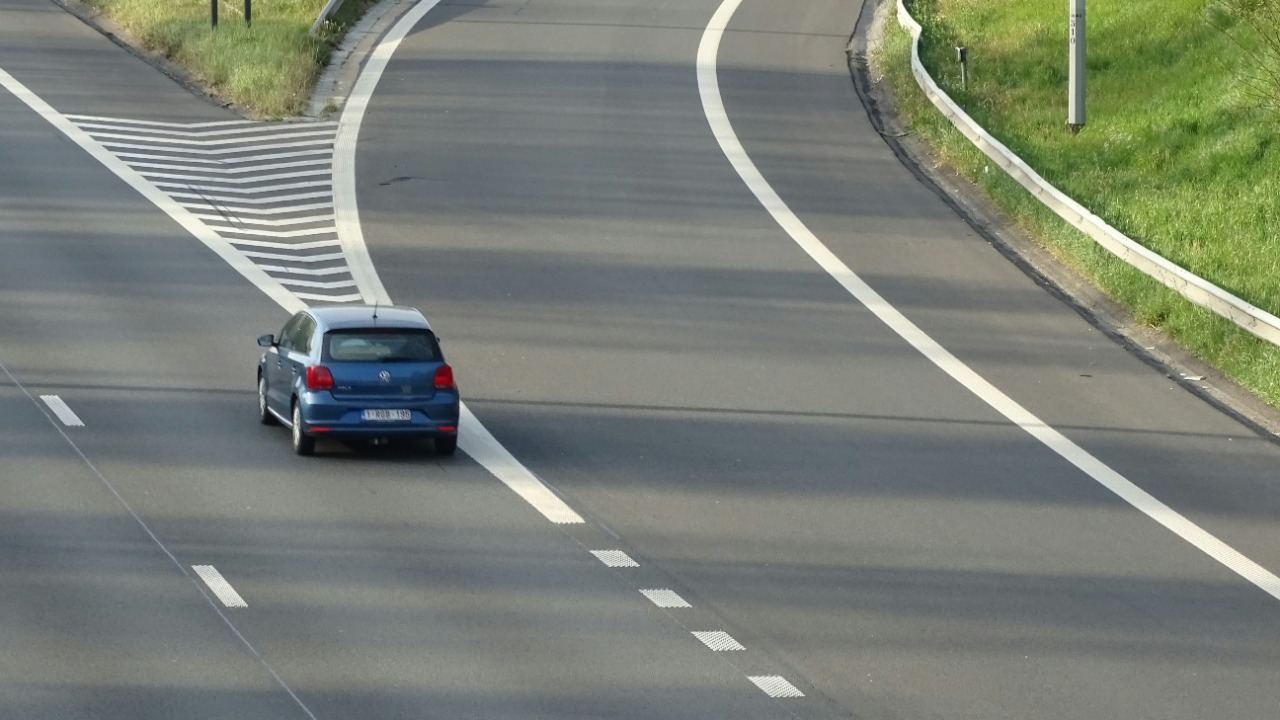
Despite the promise of enhancing safety and reducing driver fatigue, lane-keeping assist systems in most new cars are proving to be more of a hindrance than a help. A recent report reveals that these systems often fail to prevent drifting and can even encourage dangerous over-reliance. The complexity of modern vehicles, with their confusing interfaces and misguided upgrades, seems to prioritize complexity over safety. This is particularly evident in Tesla’s Autopilot, which led all driver-assist features in crash incidents according to a National Highway Traffic Safety Administration analysis.
How Lane-Keeping Assist Is Supposed to Work
Lane-keeping assist systems are designed to help drivers stay within their lanes by using cameras and sensors to detect lane markings. When the system detects that the vehicle is drifting from its lane, it applies corrective steering to bring the vehicle back on track. Brands like Toyota and Ford have implemented these systems with the intention of reducing highway fatigue and enhancing safety. However, these systems have limitations. They struggle to function effectively in poor weather conditions or when lane markings are faded.
Real-World Failures in Everyday Driving
Despite the promising premise, lane-keeping assist systems often fail in real-world scenarios. Drivers have reported instances where the system disengages unexpectedly on curves or in construction zones, leading to confusion. There have also been reports of the system pulling vehicles toward the road edge instead of centering them. This has been observed in multiple new car models, indicating a widespread issue of unreliability. This is further supported by a recent article that criticizes the effectiveness of lane-keeping assist systems in most new cars.
Tesla Autopilot’s Crash Leadership
Among all driver-assist systems, Tesla’s Autopilot has recorded the highest number of crashes. A report by the National Highway Traffic Safety Administration (NHTSA) released in June 2022 highlighted this alarming trend. The report identified specific crash patterns, such as failures during overtaking or at intersections where the system misjudged lanes. Overconfidence in the feature was identified as a contributing factor, leading to more incidents than non-assisted driving scenarios.
Confusing Controls That Undermine Safety
Modern vehicles are increasingly complex, with dashboards and touchscreens that can be difficult to navigate. This complexity can make it hard for drivers to monitor or override lane-keeping assist systems. A piece published in February 2023 highlighted instances where drivers struggled with feature toggles during critical moments. Inconsistent activation alerts can also lead to unintended engagement of the system, increasing distraction risks and undermining safety.
“Upgrades” Turning Features into Hazards
Lane-keeping assist is one of seven modern car “upgrades” that have been criticized for degrading usability. An article published in October 2025 identified these features as potential hazards. Software updates intended to refine the system have instead introduced bugs, causing erratic steering inputs in updated models. Furthermore, user complaints about mandatory features that cannot be fully disabled have raised concerns about forced reliance on unreliable technology.
Regulatory Scrutiny and Data Gaps
The NHTSA is conducting ongoing investigations into crashes involving driver-assist systems. The June 2022 report’s findings on Tesla and similar systems have drawn particular attention. However, there is a lack of standardized testing for lane-keeping assist in varied conditions, leaving consumers vulnerable. This highlights the need for future mandates and broader reporting on assist feature shortcomings.
Driver Strategies to Mitigate Risks
Given the issues with lane-keeping assist systems, drivers need to adopt strategies to mitigate risks. These include manual overrides and vigilance techniques when using these systems. Checking specific model reviews for known issues can also be beneficial. For instance, the confusing interfaces highlighted in the February 2023 report can provide valuable insights. Understanding system limitations is crucial to avoid the pitfalls highlighted in upgrade critiques from October 2025. Ultimately, while technology can assist, it is the driver’s responsibility to ensure safe driving.
More from MorningOverview